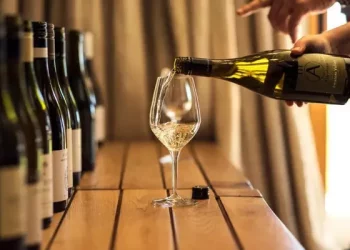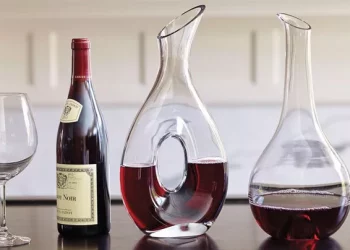Champagne is not the only sparkling wine we normally see, but Cava, Prosecco and Sekt, whose refreshing acidity and fine bubbles provide a refreshing touch on a hot summer day.
So, do you know how bubbles are created in sparkling wine?
This starts with the brewing process of sparkling wine.
This article will introduce you to five commonly used sparkling wine making methods.
Champagne is arguably the most famous sparkling wine in the world, and the name “Champagne” is a household name.
The Cour de cassation, France’s highest court, ruled in 1845 to ban the use of the word “Champagne” to describe sparkling wines that originate outside the Champagne region.
In 1994, the European Union banned the use of the term ‘Methode Champenoise’ to label sparkling wines from regions or countries other than champagne.
This means that within the European Union, even if other countries or regions use the same method of producing sparkling wine as champagne, they cannot use the term Methode Champenoise.
This is why it is called the Traditional Method in many regions or countries other than champagne.
The traditional method is the most classic method of making sparkling wine, resulting in better quality, more complex taste and more potential for aging.
However, the traditional method is more time-consuming and expensive than other methods, so the traditional method is usually more expensive.
In addition to champagne, other excellent sparkling wines made using traditional methods include Spanish cava and French Cremant.
1. Base Wine: After crushing and gentle pressing, wine grapes will produce dry, high acid and neutral flavor base wine.
2. Mixing: Mixing is very important.
First, the blend of base wines from different fields, varieties or vintages helps to maintain the same style of sparkling wine, which is crucial for non-vintage sparkling wines.
Second, mixing can improve the balance and complexity of sparkling wine.












































